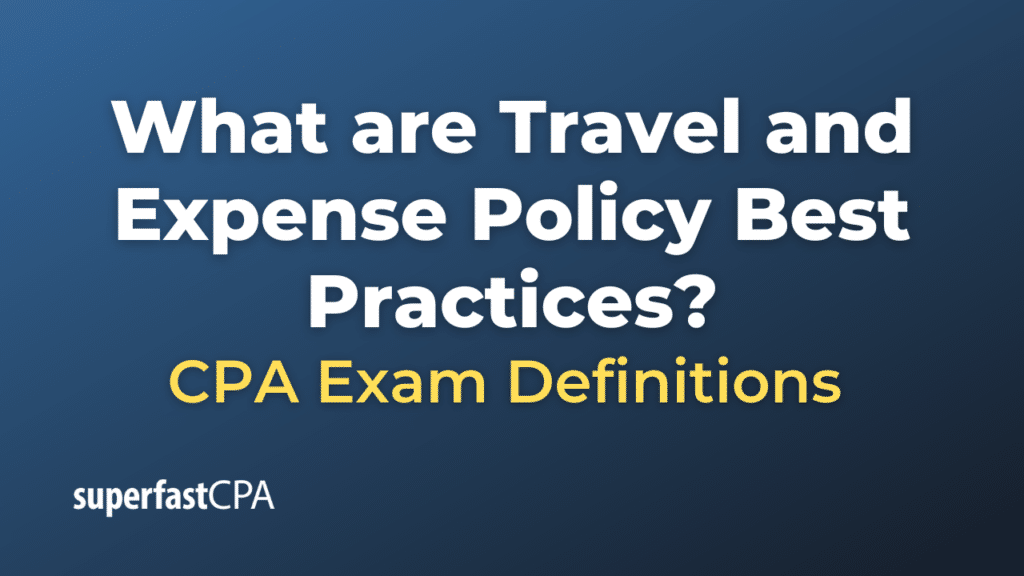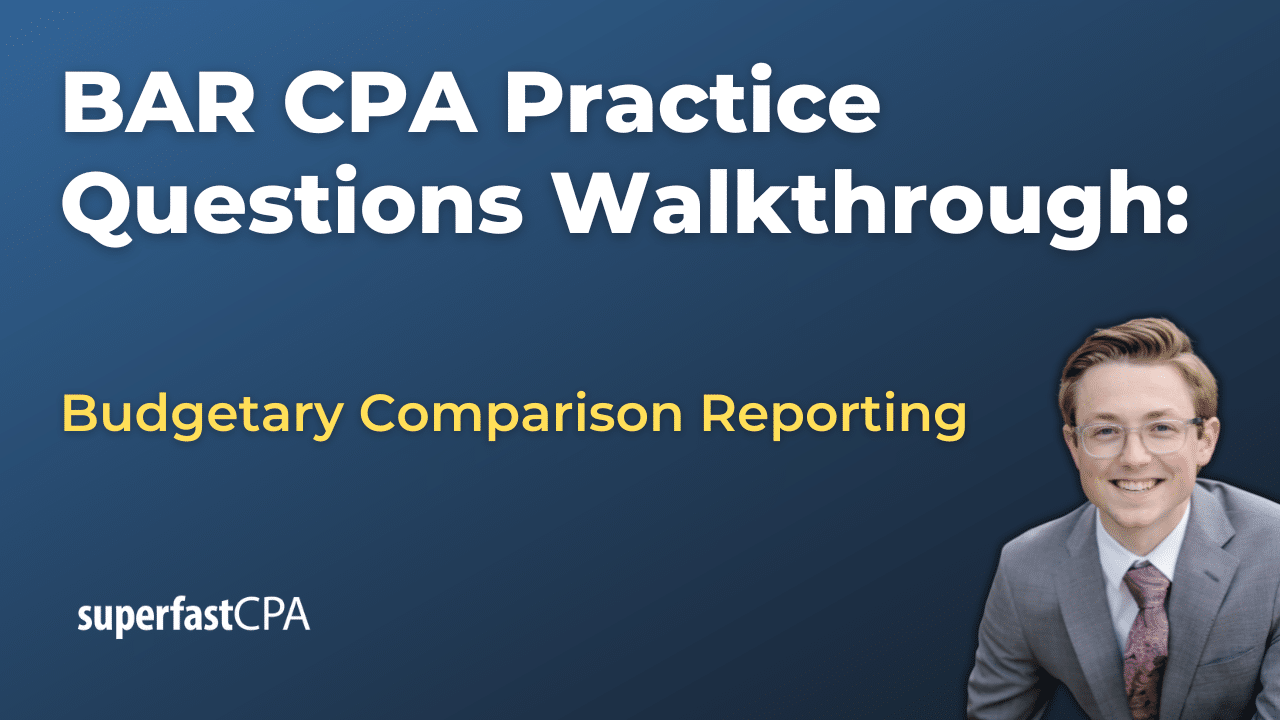Travel and Expense Policy Best Practices
A Travel and Expense (T&E) Policy provides guidelines for employees regarding business-related travel and expenses. A well-crafted T&E policy helps control costs, ensures compliance with tax and legal requirements, and provides clarity to employees. Here are some best practices for creating and maintaining an effective T&E policy:
- Clear and Concise Language: Avoid using complex jargon. Make sure the policy is easily understandable for all employees to encourage compliance.
- Define the Scope: Specify what kinds of expenses are reimbursable and under what circumstances. For example, differentiate between domestic and international travel or between client meetings and internal events.
- Provide Spending Limits: Set daily or per-item spending limits for meals, lodging, transportation, and other common expenses. This avoids ambiguity and helps control costs.
- Prior Approval: Require employees to get prior approval for certain types of expenses, especially if they exceed a set threshold. This can be especially pertinent for high-cost items like international travel or conference attendance.
- Use of Preferred Vendors : If the company has partnerships or deals with specific vendors, mention them in the policy. This can help the company get better rates and control costs.
- Documentation Requirements : Clearly state the need for receipts or invoices for all expenditures. Define the timeframe within which employees should submit these documents.
- Expense Report Deadlines: Set clear deadlines for when employees need to submit their expense reports post-travel or expenditure. This ensures timely reimbursement and aids in financial forecasting.
- Mode of Transportation: Define what modes of transportation are acceptable. For instance, when is it appropriate to fly vs. drive? If flying, should employees book economy or business class?
- Meal Policies: Specify per diem rates or spending limits for meals. Clearly mention whether alcoholic beverages are covered.
- Entertainment Expenses: Provide guidelines on entertaining clients or partners, including how much can be spent, who can be entertained, and the need for a clear business purpose.
- Use of Corporate Credit Cards: If the company provides corporate credit cards, detail the allowable uses and any restrictions. Emphasize the need for timely payment to avoid interest charges.
- Non-Reimbursable Expenses: Clearly list out any expenses that the company will not reimburse. This might include personal items, fines for traffic violations, or in-room movies at hotels.
- Consequences of Non-Compliance: Outline the consequences if an employee fails to adhere to the T&E policy, such as delayed reimbursement or disciplinary action.
- Periodic Review: T&E policies should be reviewed periodically to ensure they remain relevant and in line with the company’s financial objectives and industry benchmarks.
- Training and Communication: Regularly communicate the policy to employees, especially after any updates. Consider hosting training sessions for new employees or after major policy revisions.
- Feedback Mechanism: Allow employees to provide feedback on the policy. They might offer valuable insights into areas that are unclear or challenging to comply with.
- Leverage Technology: Consider using expense management software or apps that can automate the expense reporting process, provide real-time policy checks, and simplify the approval process.
By implementing these best practices, companies can maintain a T&E policy that not only helps control costs but also provides clarity and fairness to employees, ensuring smoother business operations.
Example of Travel and Expense Policy Best Practices
Let’s walk through a simplified example of a Travel and Expense Policy for a fictional company, “TechFusion Corp.”
TechFusion Corp. Travel and Expense Policy
Objective: To guide employees on allowable business-related travel and expenses while ensuring cost-effectiveness and compliance.
1. Scope: This policy applies to all employees of TechFusion Corp. traveling for business purposes and incurring work-related expenses.
2. Pre-approval:
- All international travel and any domestic trip exceeding $1,000 requires prior approval from the department head.
3. Air Travel:
- Employees should book economy class for flights under 5 hours.
- Business class may be booked for longer flights, but approval is required for first-class tickets.
- Use the company’s preferred travel agency for bookings to avail negotiated rates.
4. Lodging:
- Preferred hotel chains: “GlobalStay” and “UrbanRest.”
- Daily limit: $200/night for domestic travel; $300/night for international travel.
5. Meals:
- Daily allowance: $50 for domestic; $75 for international.
- Alcoholic beverages: Reimbursed up to $20 per day.
6. Transportation:
- Use public transport or company-approved cab services where possible.
- Car rentals: Compact or mid-sized cars preferred.
7. Entertainment and Client Meetings:
- A clear business purpose must be documented.
- Spending limit: $150/client for entertainment.
8. Receipts:
- Mandatory for all expenses above $25.
- Use the “TechFusion Expense” app to capture and upload receipts.
9. Expense Reporting:
- Submit reports within 10 days after the trip via the “TechFusion Expense” app.
- Reimbursements processed within 15 business days of report approval.
10. Non-reimbursable Expenses:
- Personal grooming products.
- Traffic fines or parking tickets.
- In-room movie rentals.
11. Corporate Credit Card:
- To be used exclusively for business expenses.
- Monthly statements must be reconciled and submitted.
12. Compliance Failure:
- Inaccurate or late submissions may result in delayed or denied reimbursement.
- Repeated violations can lead to disciplinary actions.
Feedback: Send feedback or questions to hr@techfusion.com.
Review: This policy will be reviewed annually or as deemed necessary.
This example provides a clear yet concise overview of the key aspects of a T&E policy. Depending on the company’s size, industry, and specific needs, the actual policy may have more detailed sections or additional categories.









